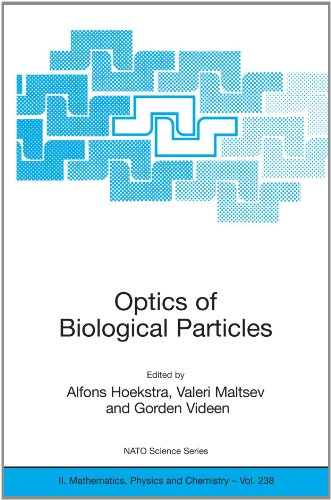

Most ebook files are in PDF format, so you can easily read them using various software such as Foxit Reader or directly on the Google Chrome browser.
Some ebook files are released by publishers in other formats such as .awz, .mobi, .epub, .fb2, etc. You may need to install specific software to read these formats on mobile/PC, such as Calibre.
Please read the tutorial at this link: https://ebookbell.com/faq
We offer FREE conversion to the popular formats you request; however, this may take some time. Therefore, right after payment, please email us, and we will try to provide the service as quickly as possible.
For some exceptional file formats or broken links (if any), please refrain from opening any disputes. Instead, email us first, and we will try to assist within a maximum of 6 hours.
EbookBell Team

4.1
10 reviewsThe optics of biological particles is of great relevance to detect and characterize biological material, such as bacteria, marine particles, or blood cells. Many remote sensing detectors for biological cells exploit single scattering, depolarization, or fluorescence signals. The growing knowledge on the optics of biological particles is therefore of ever increasing relevance in such diverse fields as microbiology, cytology, biomedicine, biophysics, astrobiology, etc.
This book covers the optics of single biological particles, both theory and experiment, with emphasis on Elastic Light Scattering and Fluorescence. It deals with the optics of bacteria (bio-aerosols), marine particles (selected phytoplankton communities) and red and white blood cells. Moreover, there are dedicated chapters on a general theory for scattering by a cell, and modelling and simulation of scattering by inhomogeneous biological cells. Finally, one chapter is dedicated to astro-biological signatures, discussing the possibilities for detecting non-terrestrial biological material.
The volume has up-to-date discussions on new experimental and numerical techniques, and many examples of applications of these techniques in real-life systems, as used to detect and characterize e.g. biological warfare agents or human blood cells.